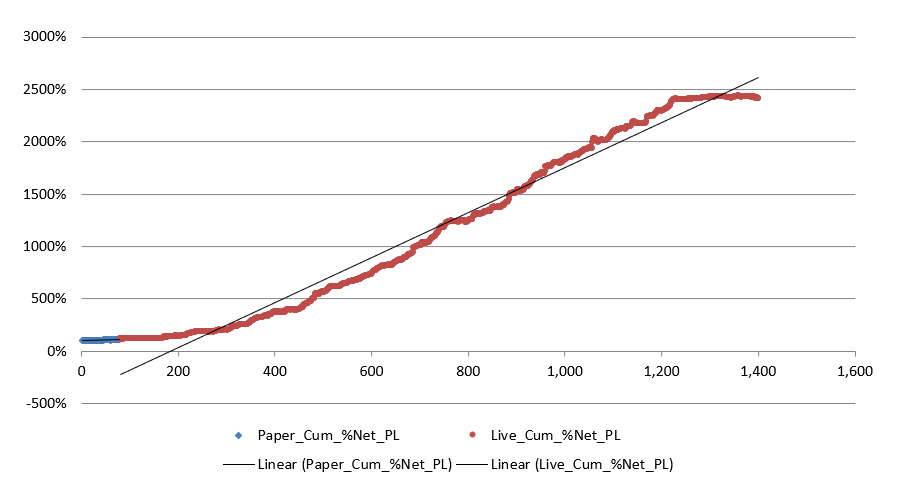To read the assisting article by Moritz: Click here
This episode won’t be for everyone. It contains no chatter about how to read charts, how to pick the direction of stocks, or even, how to handle your trading psyche.
However, for some, this episode will spin minds and bend preconceived notions about trading. It shines a spotlight on what happens should you uncover a structural inefficiency that can be exploited, as was the case with today’s guest Moritz Seibert.
Many know of Moritz as a trend following guy and someone with vested interests in the crypto market, but (almost) no one knows he was once arbitraging warrants on Germany’s DAX. It was an extreme edge, and he traded it rigorously for three years.
Moritz has never publicly spoken about the arbitrage, until now! Over the course of this recap, he details all aspects: the market, the inefficiency, the trade, and the—inevitable—decay.
Disclaimer
Trading in the financial markets involves a risk of loss. Podcast episodes and other content produced by Chat With Traders are for informational or educational purposes only and do not constitute trading or investment recommendations or advice.
Topics & Timestamps
Please note: Exact times will vary depending on current ads.
- 03:10 – The Market: Nuances of warrants, structured retail products.
- 16:10 – The Inefficiency: Discovery of an exploitable edge, why it existed.
- 28:10 – The Trade: Paper trades, technology, structuring positions.
- 46:50 – The Decay: Counterparty tricks, the following ‘after hours’ trade.

Strategy Performance: Equity Curve.

Strategy Performance: Spread Distribution.
Additional Comments
From Moritz:
The spread distribution is a way of normalizing the trade outcome. Like a trend follower would tend to measure the outcome of a trade in R, N, or ATR terms (e.g., this trade made 7 ATR, this trade lost 0.5 ATR), my PnL can be shown in spread terms. The spread is the observed bid/offer (B/O) spread on the warrant at trade entry.
One reason why the trade worked is because banks quoted too low a spread, usually 1 cent. Since I needed to trade both a call and a put, the total B/O spread cost used to be 2 cents. Once I had the trade closed, either for a gain or loss, I could convert this PnL back into spread terms to achieve a normalization of the results over time.
Imagine I traded 10K calls and 12K puts. The total B/O cost would have been $100 for the call (1 cent * 10K) and $120 for the put (1 cent * 12K). Now assume I made a PnL of $440 on this trade. The PnL in spread terms is then 2x (440/220). This allows to view the PnL independent of trade size and allows for a better analysis of the quality of the trading approach in general.
Links & Resources
- Extreme Edge – Article by Moritz [Substack]
- Definition: Strangle vs Straddle [Investopedia]
- Definition: Volatility Surface [Investopedia]
- Definition: Autocallable [Risk.net]
- 238: PSA [Chat With Traders]
- @MoritzSeibert [Twitter]
- @AaronFifield [Twitter]
- TwoQuants.com
- RealVision.com



